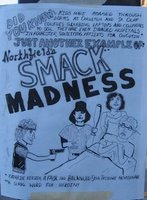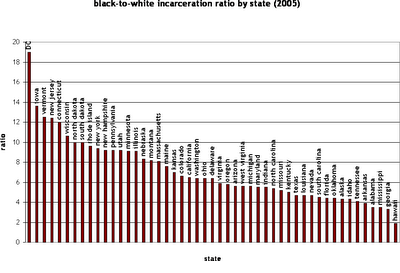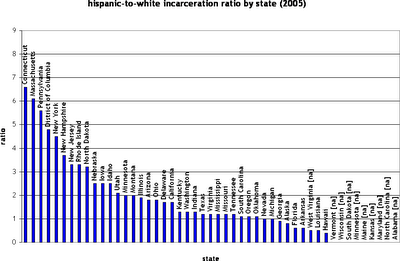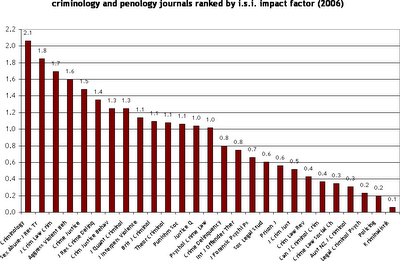 in response to lawsuits documenting inadequate services for physical and mental health in california prisons, federal judges have ordered creation of a three-judge panel, charged with reducing overcrowding in that state. i’m guessing that the three judges won’t be operating out of the triple-bunk setup shown at left, in vacaville’s solano prison gymnasium.
in response to lawsuits documenting inadequate services for physical and mental health in california prisons, federal judges have ordered creation of a three-judge panel, charged with reducing overcrowding in that state. i’m guessing that the three judges won’t be operating out of the triple-bunk setup shown at left, in vacaville’s solano prison gymnasium.
according to bjs sources, california is now home to 175,000 state prisoners, far more than any other state and only about 15,000 inmates fewer than the entire federal system. that said, the state’s incarceration rate of 476 per 100,000 is still below the national average of 497. nevertheless, the system is expanding rapidly, growing by 8,583 inmates from midyear 2005 to midyear 2006. moreover, california has a higher than average rate of parolees and it returns these parolees to prison at a much higher than average rate, often for technical violations. though governor schwarzenegger just signed a $7.7 billion prison construction bill, it will be tough (and, some say, impossible) for the state to build its way out of these problems.






